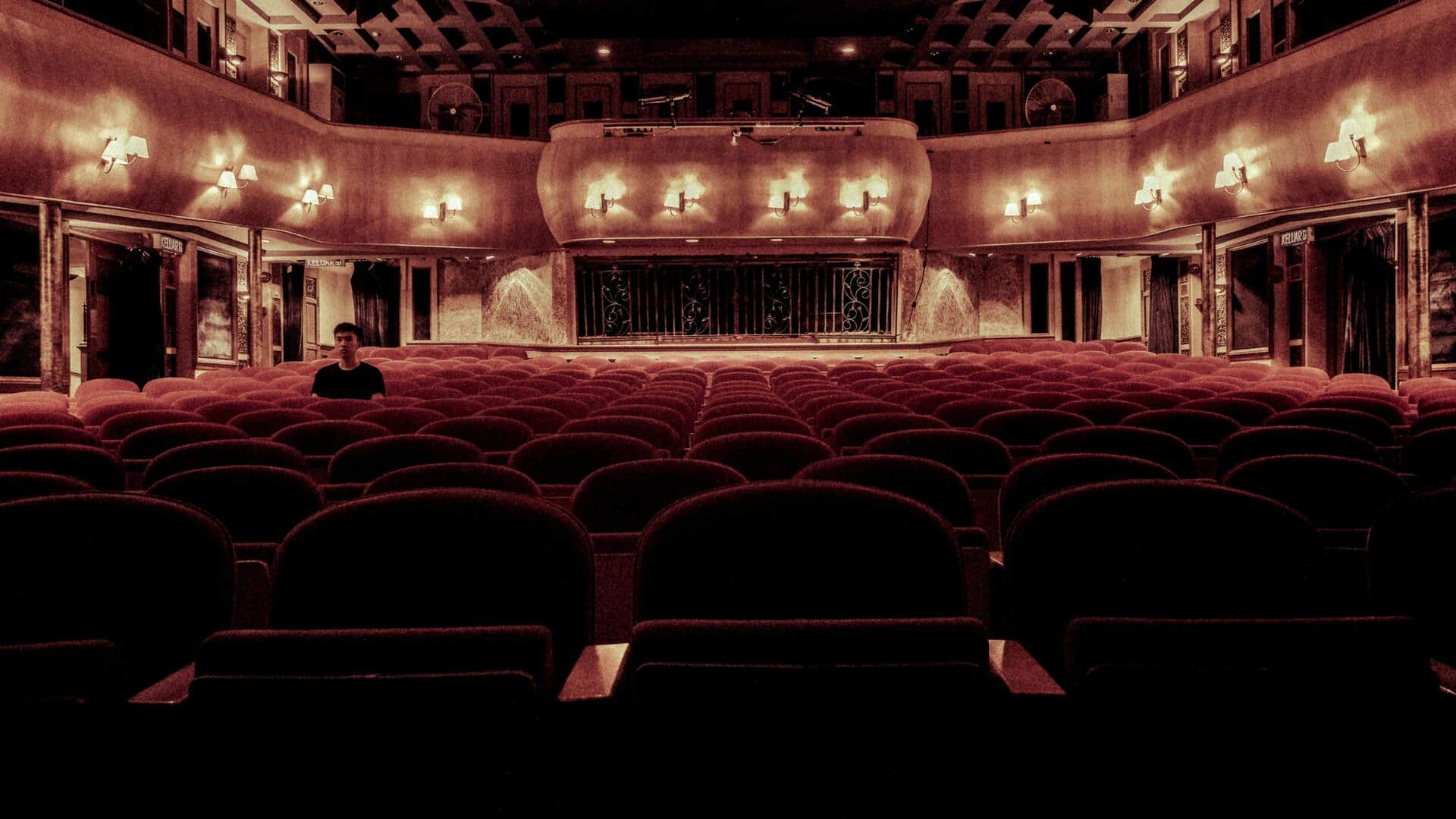
Inside Indonesia's mesmerizing wayang puppet theater
What's the story
Indonesian wayang puppet theater is a traditional art form that has been captivating audiences for centuries. This unique performance combines storytelling, music, and intricate puppetry to bring tales to life. The art form is not just entertainment but also a means of cultural expression and education. With its rich history and complex narratives, wayang puppet theater offers a glimpse into Indonesia's diverse cultural heritage.
#1
Origins of Wayang theater
Wayang theater dates back to ancient Java, where it was used for community gatherings. The term "wayang" means shadow in Javanese, referring to the shadows cast by puppets on a screen. Over time, this art evolved from rituals to popular performances that entertain and educate audiences about moral values and historical events.
#2
Types of Wayang puppets
There are several types of wayang puppets, each with its own unique characteristics. Wayang kulit uses flat leather puppets, while wayang golek features three-dimensional wooden figures. Each type has its own storytelling techniques and visual appeal, giving performers the flexibility to choose the best way to narrate their stories.
#3
Role of music in performances
Music is an integral part of wayang performances, setting the mood and enhancing the storytelling experience. Traditional instruments like the gamelan provide rhythmic accompaniment that guides the action on stage. The interplay between music and puppetry creates an immersive atmosphere that draws audiences into the narrative world.
#4
Cultural significance today
Today, wayang puppet theater is recognized as a UNESCO Intangible Cultural Heritage for its cultural significance and artistic value. It continues to be performed across Indonesia at festivals, schools, and cultural events. Despite modernization pressures, efforts are being made to preserve this unique art form for future generations through education and community engagement initiatives.